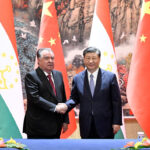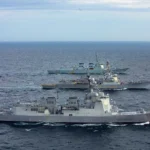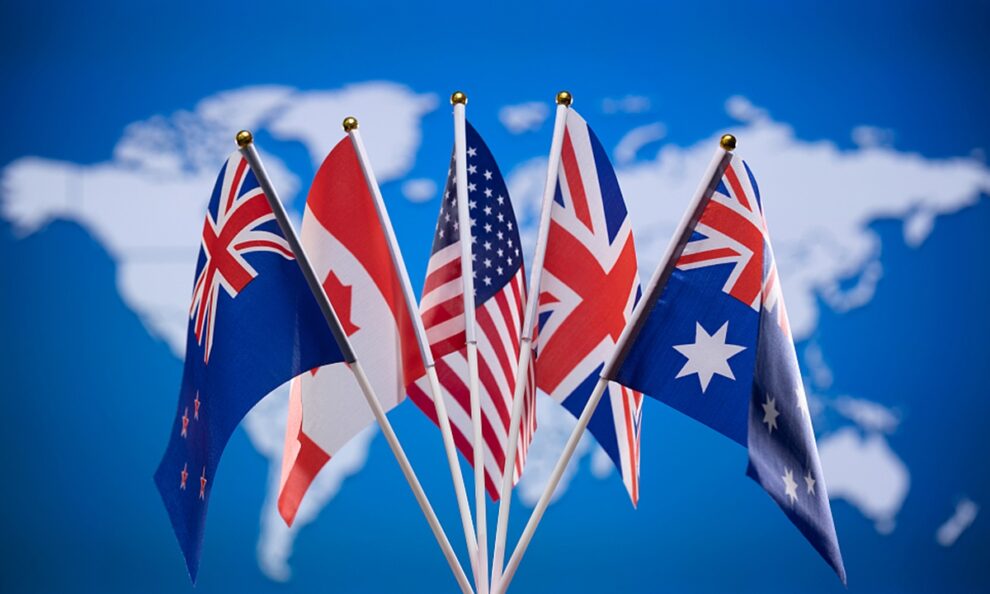Crescent House
The United States has intensified its cooperation with its partners in the “Five Eyes” intelligence alliance, in addition to Japan, with the aim of enhancing intelligence sharing, information warfare and monitoring in the Indo-Pacific region, in light of the escalation of tensions with China in recent years.
Lieutenant General Kelly Eichbach, Commander of Signal Forces in the US Navy, said that there is active cooperation and effective dialogues currently being discussed on best practices and exercises with members of the “Five Eyes” coalition, which includes, in addition to the United States, Australia, Canada, New Zealand and the United Kingdom. In addition to other non-coalition partner countries, including Japan.
Lieutenant-General Eschbach said, during her participation in the “West 2023” conference for the US Navy and Coast Guard, which is currently being held in San Diego, California, “There are at least 12 or more countries that are establishing programs for information warfare, or have an interest in enhancing their participation in the fields of information warfare.” We are working on this, and we are focusing on that.”
In remarks reported by the American “Defense News” magazine, she pointed out that Japan, in particular, had expressed its keenness and great interest in the issue of information warfare “in a real positive way.”
In this regard, “Defense News” magazine indicated that Japan and Australia are important allies of the United States in the Indian and Pacific Oceans (Indo-Pacific), and there are other allied countries in the region in which national security officials intensify their focus and investments in the areas of war. In order to counter China’s escalating hostile behavior in the region.
Information warfare represents an amalgamation of electronic capabilities and offensive and defensive cyber operations. It combines knowledge, operation and use of data to achieve superiority before, during or after battles. The wide spread of communication technologies and advanced technologies, and their widespread use in the armies of the world, led to a massive escalation of their uses in the fields of war and their systems.
And the American official stresses that the availability of allies for the United States in this field “may be a very strong matter, especially in the Pacific region.”
The US Navy has established the Pacific Information Warfare Fleet Command, and the Biden administration’s Indo-Pacific strategy document stressed the need to strengthen communication lines with neighboring countries in the region.
“In line with our broad strategic approach, we will prioritize the component of our single asymmetric superpower: our network of allies and security partners,” Lieutenant-General Eschbach said at the conference, which kicked off yesterday in the presence of US Navy and Coast Guard officials and experts and will conclude on Thursday.
And she added that the United States will work across the region “with allies and partners to deepen interoperability capabilities with them to develop advanced combat and war capabilities and deploy them within the framework of our support for them in order to defend their citizens and their sovereign interests.”
The American official, who is charged with the tasks of ensuring the proper training of information warfare specialists and providing them with the necessary capabilities, believes that there are growing paths for international cooperation in this context, and cited the “Ocus” treaty for nuclear submarines that included both Australia and the United Kingdom alongside the United States, as an example of that. .
The “Five Eyes” alliance, which includes the United States, Britain, Canada, Australia and New Zealand, was established in 1941 under the “British-American Multilateral Treaty”, which focused on closer cooperation between member states in the areas of signal intelligence and technology.
Source: Darel Hilal
















